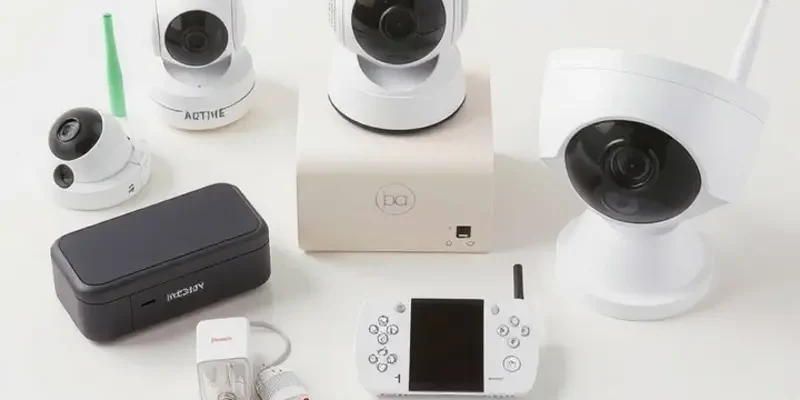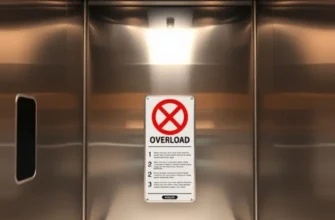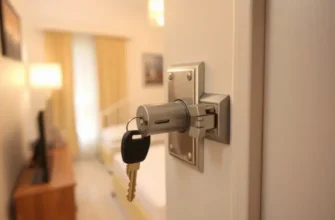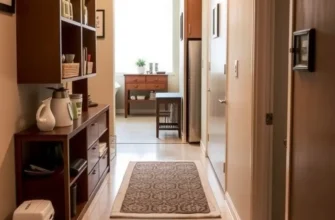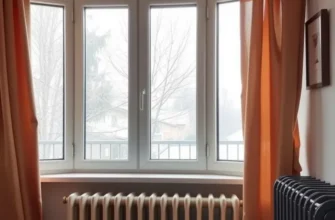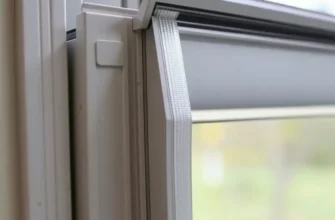Renting an apartment comes with its unique set of challenges and considerations, particularly when it comes to safety and security. As a renter, ensuring that you feel secure in your environment is essential not only for peace of mind but also for your overall well-being. The modern solution to enhancing security often lies in the integration of cameras, providing a proactive approach to protecting your space. This article is designed to guide you through practical and reassuring tips for utilizing security cameras effectively in your rental unit. From knowing where to position cameras to understanding privacy laws and what technology works best in your circumstances, these guidelines will help you feel empowered and in control of your apartment’s safety. Let’s delve into a world where technology meets comfort and security becomes second nature.
Choosing the Right Cameras for Your Apartment
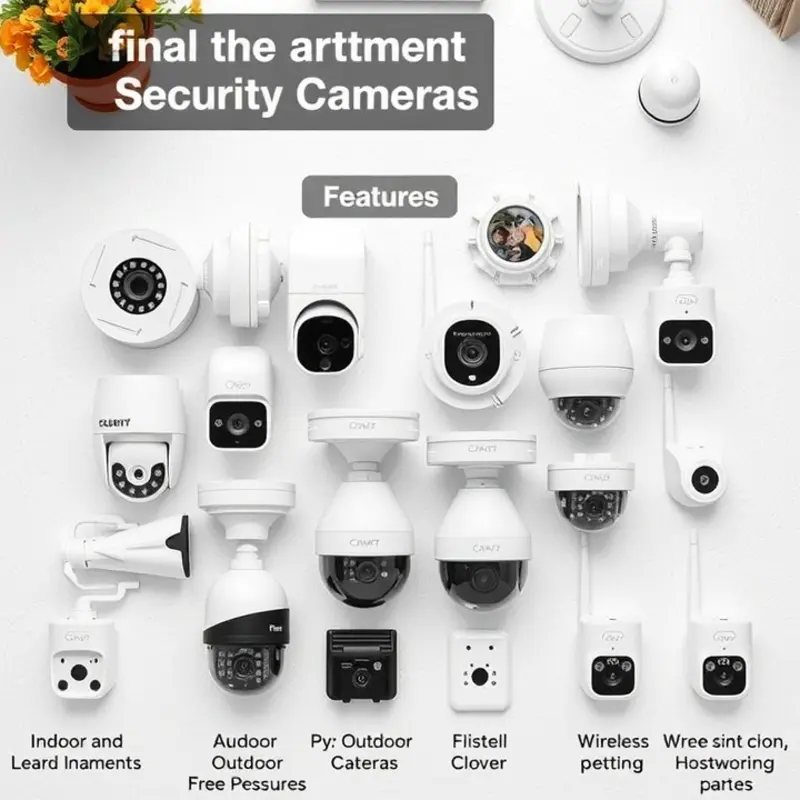
When it comes to selecting security cameras for your apartment, understanding the variety of options available can save you both time and money. Renters have different needs compared to homeowners, especially when it involves installation limits and lease agreements. Here’s a breakdown of the key factors to consider for an effective choice.
Wireless Options
Wireless cameras are a popular choice for renters. Most apartments restrict any structural modifications, making wireless cameras advantageous due to their simple installation processes. They typically connect via Wi-Fi and can be positioned anywhere in the apartment without running wires through walls. Look for cameras with a strong wireless signal to ensure consistent connectivity.
Indoor vs. Outdoor Use
Deciding between indoor and outdoor cameras depends largely on your apartment’s layout and security needs. Outdoor cameras are built to withstand weather conditions and are ideal if you have a private entrance or an outside space needing surveillance. Conversely, indoor cameras offer peace of mind for monitoring inside spaces and are usually more compact and discreet.
Important Features
Several features can enhance a security camera’s effectiveness. Motion detection is crucial, as this allows the camera to start recording only when motion is detected, saving on storage use. Night vision is another vital feature, enabling the camera to capture clear video in low-light conditions. Cameras with two-way audio allow you to communicate with visitors or potential intruders remotely, adding another layer of security.
Cloud Storage Capabilities
Cloud storage has become a preferred option for many renters due to its convenience and data protection. With cloud storage, you can access recorded footage from anywhere, ensuring that you have evidence if any incidents occur. This feature also removes the need to maintain physical storage devices, which can be cumbersome and prone to damage.
Budget-Friendly Choices
While investing in security is crucial, it doesn’t have to break the bank. Many affordable security cameras offer substantial features without deep financial commitments. Prioritize essential features over brand names to get the best value. Renting also often demands a solution that not only fits budgetary constraints but can be easily removed without penalties.
Easy Installation
The significance of easy installation for renters can’t be overstated. Opt for cameras that can be set up using adhesive mounts or simple fasteners to avoid damage to walls. This approach aligns well with most lease agreements and ensures you can easily pack up and move if your living situation changes.
Keeping these aspects in mind will help you choose a camera system that adequately safeguards your apartment without unnecessary hassle. Consider pairing your camera setup with safe apartment practices to maximize your security strategy. For further tips on creating a renter-friendly living space, check out our guide on resolving rental billing errors for more supportive insights into a harmonious renting experience.
Smart Placement and Legal Considerations
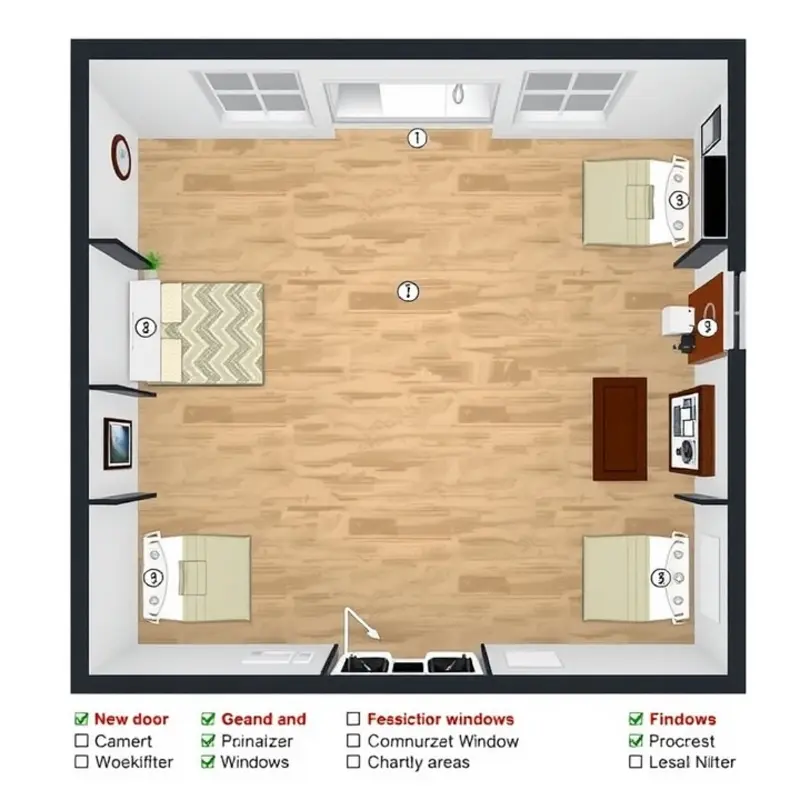
Positioning security cameras within a rented apartment requires thoughtful balance between maximizing security and respecting privacy. Knowing where and how to place cameras is key to effective surveillance, especially in a space you don’t own.
Choosing Effective Vantage Points
The first step is identifying strategic locations. Entrance points like front doors or sliding doors are top priorities. They track every entry and exit, providing peace of mind. Placing cameras in the common areas of your apartment, such as the living room or main hallway, can help monitor activities without invasive measures. However, avoid placing cameras in bedrooms or bathrooms to maintain privacy for yourself and guests.
Corners of rooms can often provide a wider frame of viewing, covering more ground with fewer devices. Opt for spots above eye level, such as on top of bookshelves or mounted on walls, to capture footage without being obstructed by furniture or other objects. Although placement might depend on your apartment’s layout, these general guidelines help cover essential areas with a limited number of cameras.
Privacy and Legal Considerations
When considering camera placement, being mindful of privacy laws is crucial. Cameras should never capture audio or video of neighboring apartments or shared spaces, like hallways if they’re not part of your direct living space. While indoors, ensuring cameras are not directed towards windows can prevent accidental surveillance of neighbors’ outdoor spaces.
Research your local legislation regarding surveillance in residential areas, as rules can differ between regions. Understanding these laws will protect you from liabilities and ensure your security measures are legitimate. Also, familiarizing yourself with your rental agreement can give insights into any specific restrictions or permissions regarding surveillance equipment.
Communication with Your Landlord
Discussing your security plans with your landlord can bring unexpected benefits. Open communication allows you to inform them of your intentions, ensuring transparency and potentially gaining their support. Some landlords may welcome additional security measures as they can enhance the property’s overall safety.
Consider drafting a simple written agreement about camera placement to avoid misunderstandings. This not only formalizes your discussion but also provides protection should any disputes arise in the future.
If modifications to the apartment are needed for installation, seek landlord approval first. Whether it’s drilling holes or wiring, being upfront avoids potential breaches of your lease agreement. Remember, respectful negotiation can lead to cooperative solutions, sometimes even resulting in the landlord sharing installation costs or permitting more extensive security measures.
In conclusion, balancing effective security camera placement with legal obligations is essential for enhancing your home safety. For more on ensuring your rented space remains safe and welcoming, explore our Apartment Balcony Safety Netting guide. Combining strategic camera placement with your landlord’s collaboration can create a secure living environment without overstepping legal and communal boundaries.
Final words
Securing your apartment doesn’t have to be an overwhelming task; rather, it can be a straightforward process that enhances your living experience. By carefully selecting the right security cameras and strategically placing them in your apartment, you’ll create a safer environment for yourself and your belongings. Always remember to stay informed about local privacy laws and communicate with your landlord to ensure your security measures align with the rental agreement. With these tips, you’ll be well-equipped to safeguard your apartment effortlessly and enjoy your rented space with peace of mind.

